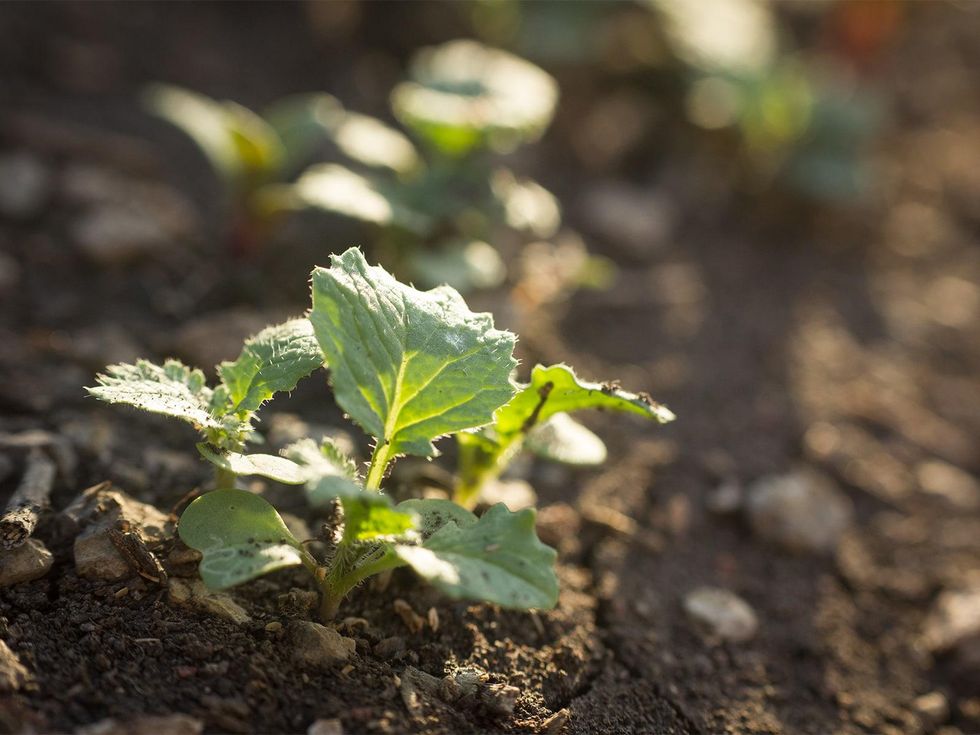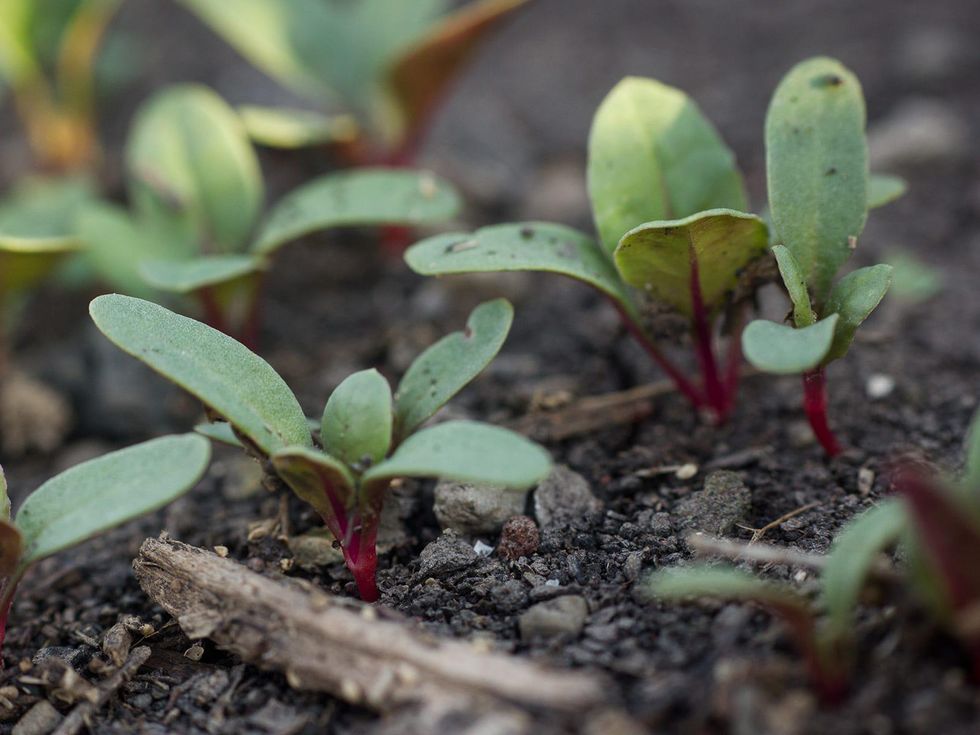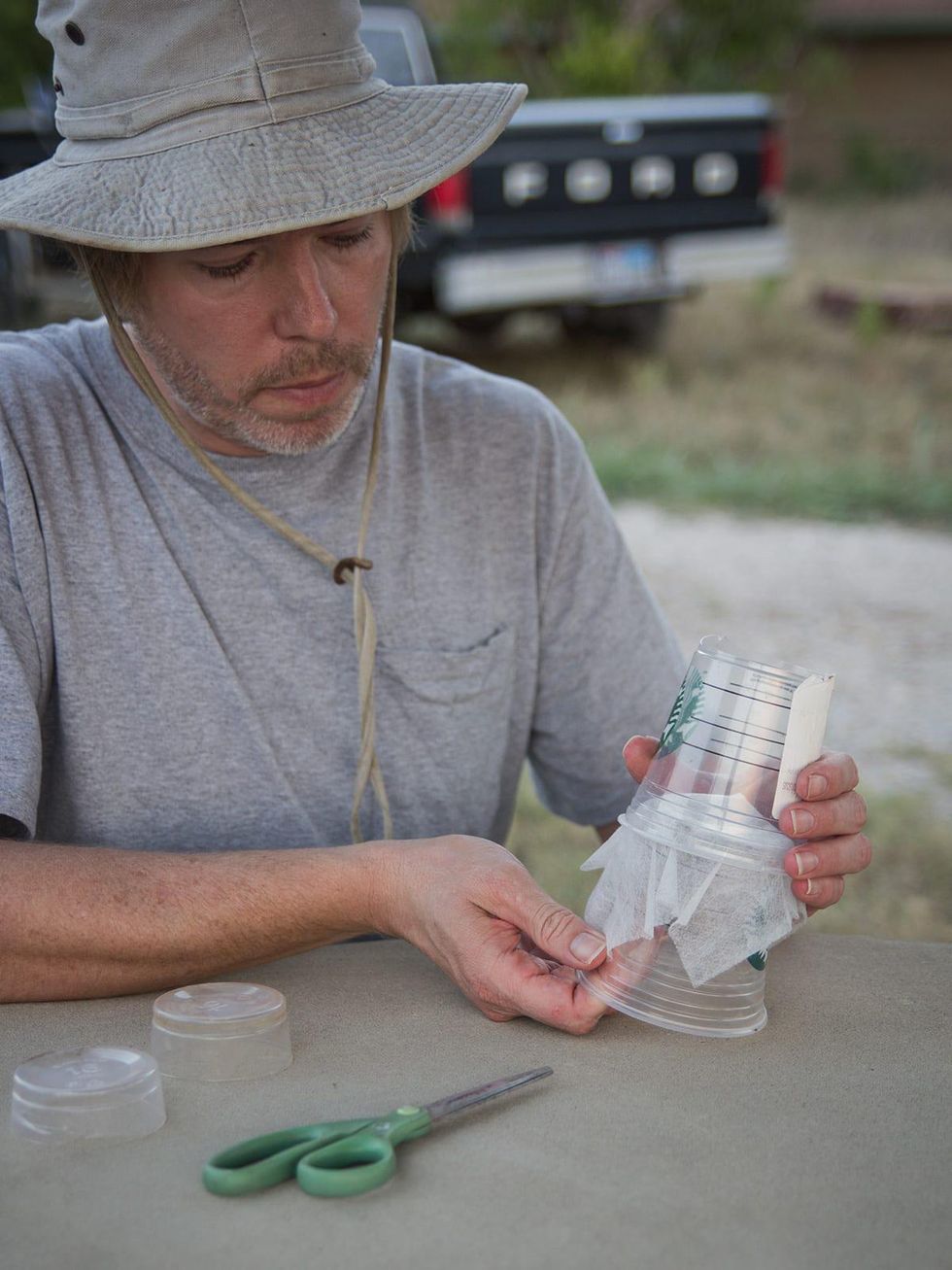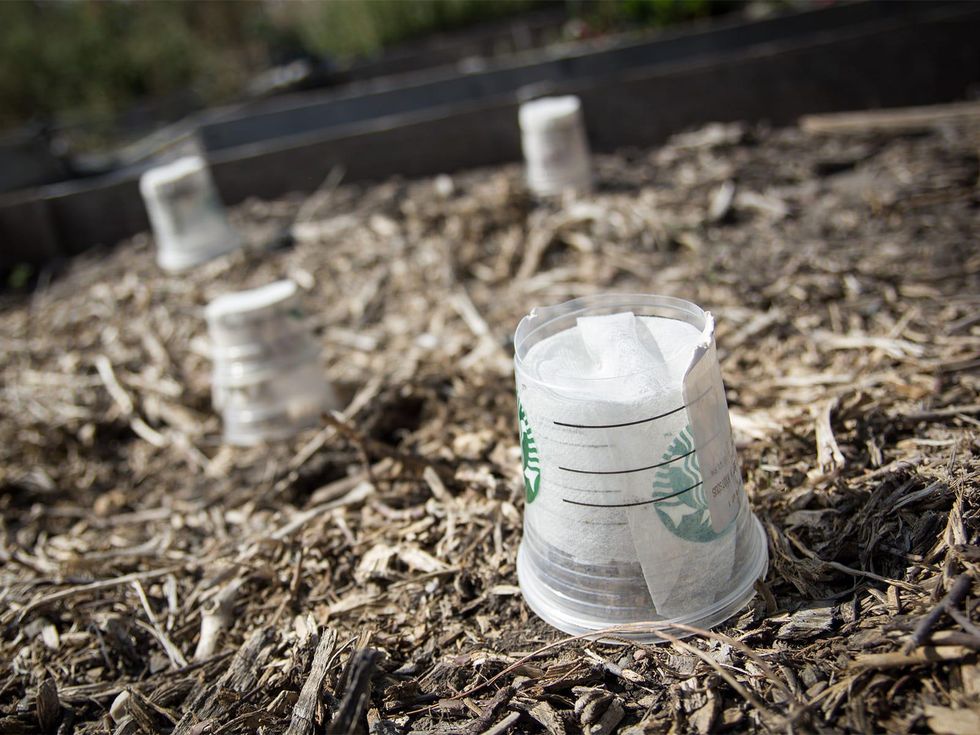Dallas restaurants are almost always open and ready to serve, with one exception: Christmas Day, a day that sees most close. But the restaurants on this list are the exception: Dallas restaurants that are open on Christmas Day — a true blessing for diners seeking a festive meal.
Here's all the restaurants across Dallas (and Fort Worth) that are open for dining on Christmas Day: (This list does not include Christmas Eve or Christmas to-go.)
Brio Italian. Italian chain will be open lunch and dinner on Christmas Day with an array of classic comfort dishes, signature Italian cuisine, from savory starters to salads, main courses, to delectable desserts. 11 am-9 pm. Allen 214-884-3920. Southlake 817-310-3136.
Buca de Beppo. Italian restaurant will be open lunch and dinner on Christmas Day with full menu plus three limited-time winter menu specials: pappardelle with Spicy Italian sausage, garlic, & spinach; pappardelle Bolognese with beef ragu, carrots, celery, onions, and tomatoes; and pork osso buco in a puttanesca sauce over polenta. Prices a la carte. 11 am-8 pm. 214-361-8462.
Carbone Dallas. Italian restaurant will have a menu of appetizers, pastas, veal, chicken, pork chop, and seafood. Prices a la carte. 4-10 pm. 469-290-6009.
Catch Dallas. Uptown seafood and steakhouse will offer full menu plus holiday specials including $42 toro crudo, 20-oz Texas Wagyu ribeye for $130, and the holiday "Hit Me" cake with candy cane Klondike, white chocolate ice cream, brownie, and chocolate stout cake for $26. 4-9 pm. 214-983-1440.
The Crescent Club. Hotel Crescent Court restaurant will host Christmas brunch with omelet station, benedict station, crepes station, chilaquiles station, hot cocoa station, sushi rolls, lobster tail, crab claws, oysters, charcuterie, salads, salads, holiday sides, Yule log, gingerbread scones, cheesecake, macarons, and more. $150, or $60 for 11 and under. 10:30 am-2 pm. 214-871-3200.
Cut & Bourbon. Live! by Loews Arlington restaurant is hosting Christmas dinner with chef Robert Carr's holiday special, beef Wellington with whipped Yukon gold potatoes & glazed root vegetables wine demi-glace, in addition to traditional menu options including crab legs, Prime NY strip, and salmon. Advance reservations strongly encouraged. Prices a la carte. 5 pm-10 pm. 682-277-4950.
Del Frisco's Double Eagle. Christmas feast for four, served on Christmas Eve and Christmas Day, features winter green salad, veal & wagyu meatballs with tomato fondue, 40-oz Wagyu bone-in ribeye, sweet potato casserole with marshmallow & pecan crumble, Brussels sprouts, gingerbread butter cake with apple compote, chocolate mousse cake with peppermint crumble, $395 for four people. Dinner 2-8 pm. Dallas 972-490-9000, Plano 972-312-9115, Fort Worth 817-877-3999.
Del Frisco's Grille. The Holly Jolly Feast for 3-4 people, served on Christmas Eve and Christmas Day, features winter greens, New England clam chowder, 40-oz prime rib roast, green beans, scalloped Yukon gold & sweet potato gratin, red velvet cheesecake with cream cheese frosting, or apple cobbler. $295 for 3-4 people. 12-8 pm. Plano 469-661-8012, Fort Worth 817-887-9900, Southlake 817-410-3777.
Dolce Riviera. Brunch buffet includes omelet bar, bruschetta bar, carving station, and dessert station. $95, or $35 for 12 and under. All reservations require a $50 deposit. 10 am-4 pm. 469-458-6623.
Eataly — La Pizza & La Pasta. Three-course Italian prix-fixe menu includes roasted beets with whipped ricotta & truffle honey, burrata with Tuscan tomato bread compote, mushroom lasagna, butternut squash gnocchi with black truffle, tagliatelle with Tuscan ragù, lobster linguine, insalata di mare, tagliolini with white truffle, and panettone. Starts at $55. 10:30 am-9 pm. (The market is open from 9 am-9 pm.) 469-759-2800.
Ebb & Flow. Plano restaurant is open with regular menu featuring toasted ravioli, Cubano egg rolls, salmon piccata, and a brown sugar soy-glazed porterhouse pork chop with mashed potatoes and sautéed spinach. 11 am-2 am. 972-483-2266.
Ellie's Dallas. Three-course prix fixe menu for dinner at Hall Arts Hotel features winter greens salad, chestnut gnocchi, choice of beef picanha or sea bass, and buche de noel sponge cake, plus a la carte selections and festive cocktails. $95. 5-9 pm. 972-629-0924.
Farena. Loews Arlington Hotel restaurant is offering an Italian Continental breakfast buffet featuring baked pastries, seasonal fruits, and traditional breakfast dishes. The traditional dinner menu includes a classic Margherita pizza, veal milanese, prime 10-ounce filet mignon, and Executive Chef Tony France's Christmas special, herb crusted osso buco. $35 breakfast buffet; a la carte dinner pricing. Breakfast buffet 7 am - 12 pm, dinner 5-10 pm. 682-318-2810.
Fearing's. Christmas brunch features seafood raw bar, kale & spinach sesame salad, fruit & berries, bagels & spreads, smoked salmon, and meat carving stations. Note: Only limited seats remain. $165. 11 am-3 pm. 214-922-4848.
Knife Italian. Ritz Carlton-Las Colinas restaurant is hosting a grand buffet inspired by the elegance of New York’s iconic Rainbow Room, with chef stations, live entertainment, and a Champagne and Bloody Mary bar. $159. 11 am-3 pm. 972-717-2420.
Kona Grill. Open Christmas Eve and Christmas Day with special menu including 10-oz prime rib with half lobster tail & Yukon Gold mash; turkey breast with sage stuffing, green beans, & gravy; salmon stuffed with crab & brie; and pumpkin pie 10 am-10 pm. 214-369-7600.
Kyuramen. Japanese ramen spot in Frisco will serve its full menu plus a special "endless ramen" — unlimited noodle refills with any ramen order (dine-in only) — on Christmas Day, part of a limited-time promotion from December 22–28. If you leave any in the bowl, you pay an extra $2. 11 am-10 pm. 469-200-5252.
Le Bilboquet. Prix fixe menu offered on both Christmas Eve and Christmas Day includes mushroom soup with black Périgord truffle, escargot in garlic butter, petite filet with spicy shrimp diablo and pommes purée, lobster risotto with Hackleback caviar, halibut with Dungeness crab, and choice of chocolate mousse or lemon tart. $125. 4:15-10 pm. Reservations on Resy.
Lombardi Cucina Italiana. Frisco restaurant will serve regular menu and chef specials including Feast of the Seven Fishes for two, halibut with cacio e pepe risotto, lobster ravioli, beef tenderloin with potato puree, Wagyu tomahawk ribeye, and salt-crusted whole branzino. Prices a la carte. 4-9 pm. 469-200-5677.
Maison Chinoise. Asian restaurant will serve regular menu with signatures like Peking duck plus chef specials including crab dumplings, dan dan noodles, pork belly char-siu puff, wok-seared filet mignon, and Shanghai tiramisu dome. Prices a la carte. 1-9 pm. 469-949-2991.
The Mansion on Turtle Creek. Rosewood Mansion restaurant features three-course prix-fixe dinner with tuna & salmon carpaccio, roasted chestnut velouté, endive celery salad, roasted cauliflower, baked salmon, tenderloin & short rib beef duo, potato puree, winter vegetables, vanilla cremeux, dark-chocolate mousse, or eggnog tiramisu. $165, plus $110 for wine pairing, or $70 for 12 and under. 11 am-7 pm. 214-559-2100.
Monarch. Three-course holiday menu served on Christmas Eve and Christmas Day features prosciutto, focaccia with dip, squash caponata, radicchio watercress salad, tuna crudo with blood orange, beef tenderloin with horseradish crema, branzino with fennel confit, whipped potatoes, chestnut agnolotti, Brussels sprouts, orange chocolate cake, and gingerbread cookie. Extras include 45-day dry aged tomahawk ($210), Périgord black truffles ($45), alba white truffles ($80), Island Creek oysters ($24/$48) osetra caviar ($180). $175. 4–9 pm. Seating is limited, and reservations are strongly encouraged. 214-945-2222.
Montage. JW Marriott Dallas Arts District hotel restaurant is hosting holiday brunch including charcuterie station, rustic breads, oysters, yogurt parfait, avocado toast bites, mini lobster rolls, omelet station, crepe station, Parmesan wheel pasta station, salad bar, carving stations, sweet potato casserole, squash soup, and dessert station. $105, or $45 for 12 and under. 10:30 am-2 pm. 214-736-7760.
MiYa Chinese. East Dallas restaurant will be open and serving handmade dumplings, noodles, dim sum, crispy duck, and orange chicken. Prices are a la carte. 1-8 pm. 214-484-1175.
Nobu Dallas. Sushi restaurant will feature a special brunch buffet with an expansive selection of Japanese and Western dishes, sushi, salads, pastries, desserts, and chef stations, and carving station on display. Note, no à la carte menu will be available. $90. 11 am-2:30 pm. Reservations can be made via OpenTable. 214-252-7000.
Open Palette. Sheraton Hotel restaurant is offering a prix-fixe Christmas menu featuring choice of either holiday salad or lobster bisque, the pork chop, served with roasted butternut squash, sauteed green beans, and tangy pomegranate sauce. Dessert includes Open Palette’s Black Forest yule log. $65. 4-10 pm. 214-777-6574.
Pyramid. Fairmont Hotel restaurant is hosting Christmas brunch featuring made-to-order omelets, Viennoiseries, avocado toast, lobster roll, smash burger, braised short rib, and smoked prime rib. Prices a la carte. 10 am-3 pm. 214-720-2020.
Renaissance Dallas at Plano Legacy West. Holiday brunch features pepper-crusted roast beef, pesto chicken, truffle & English pea orzotto, 5-spice sweet potatoes, sesame Brussels sprouts, butternut squash bisque, pear pecan tart, bourbon cherry bread pudding. $45. 10 am-1 pm. 469-925-1800.
Reserve at the Highland. Three-course dinner served on Christmas Eve and Christmas Day includes mushroom tart, lobster bisque, winter green & pear salad, maple-glazed duck breast with wild rice pilaf, halibut with parsnip puree, beef Wellington, eggnog creme brulee, or Yule log. $95, plus $5 for wine pairing. 5-9 pm. 214-443-9339.
Sadelle’s. Full regular menu will be available for Christmas, including eggs, caviar, sandwiches, and charcuterie boards. Prices are a la carte. 9 am - 6 pm. Highland Park 469-290-6009.
Sanjh Restaurant & Bar. Indian restaurant is hosting a Christmas buffet with live stations, made-to-order dosas, omelet station, and a roasted counter with turkey and assorted breads, plus desserts, stollen, and a chocolate and candy station. $65, or $32.50 for 12 and under. 11 am-3 pm. 972-239-1800.
SER Steak + Spirits. Holiday specials available on Christmas Eve and Christmas Day include oysters Rockefeller, branzino, duck breast with duck confit, Akaushi prime rib, and a Santa's Gift Box dessert trio with dark chocolate gingerbread mousse, orange financier, baileys mascarpone. Regular dining menu also available. 3:30-10 pm. 214-761-7479.
Starship Bagel. Artisanal Dallas bagel chain will be open for Christmas at all three locations — Lewisville, North Dallas, and downtown Dallas. 7 am-1 pm.
Stillwell’s. Hotel Swexan steakhouse will offer a Christmas dinner including regular a la carte menu plus beef Wellington with potato puree, roasted carrots, and truffle bordelaise.classic. $95. 469-405-1911.
STK Steakhouse. Uptown steakhouse is open on Christmas Eve and Christmas Day with regular menu plus holiday cocktails and features including turkey dinner with sage stuffing, parmesan-crusted Yukon mashed, sweet potatoes, and cranberry-orange chutney ($64; $29 for 12 and under), or prime rib with confit fingerling potatoes and green beans, $69. 11 am-10 pm. 972-842-9450.
12 Cuts Brazilian Steakhouse. AYCE fire-roasted picanha, filet mignon, ribs, lamb, and full salad bar. $66. 11 am-10 pm. 972-779-7012.
Wicked Butcher. Steakhouse is open Christmas Eve and Christmas Day with an à la carte special menu featuring butternut squash soup, white truffle caesar, seafood tower, steak tartare, duck à l ’orange with orange marmalade & parsnip purée, rigatoni Bolognese, ginger miso Chilean sea bass with basmati rice, rack of lamb, prime rib, dry-aged bone-in filet, corn crème brûlée, cornbread stuffing, sweet potato mash, robuchon mashed potatoes, mac & cheese, gnocchi with black truffle & butternut squash purée, Valrhona chocolate souffle, and chocolate tart. Christmas Day: 11 am-9 pm. Dallas 214-444-7740, Fort Worth 682-231-8214.




